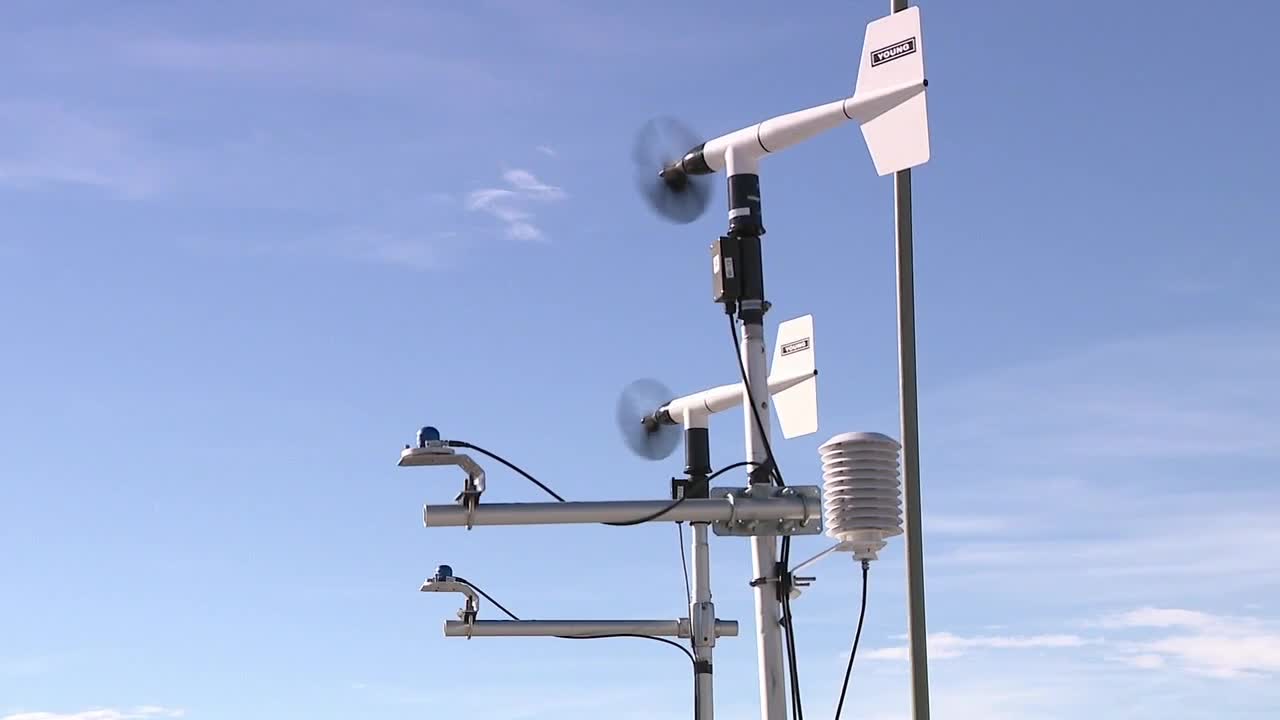SALT LAKE CITY — Artificial intelligence is quickly making its way into nearly every industry, and meteorology is no exception. The new AI-driven approach to weather prediction is reshaping how forecasts are made and what it means for your daily weather here in Utah.
For decades, weather forecasting has relied on complex physical equations — powerful computers crunching atmospheric physics to predict what comes next. But with advances in AI, that process is evolving fast.
University of Utah atmospheric sciences professor Jim Steenburgh says the difference comes down to speed and efficiency.
“We’ve been using statistical techniques related to AI in atmospheric sciences for quite a while,” Steenburgh said. “What’s really changed is the computer horsepower — and that’s having some revolutionary changes on weather prediction.”
AI-based models can now process decades of weather data in a fraction of the time it takes traditional systems, finding subtle patterns that might otherwise go unnoticed.
“They do use past analyses that are based on numerical weather prediction models,” Steenburgh added, “but they’re much quicker. The process of producing a forecast can be faster — and it uses less computer horsepower.”
For meteorologists, that means faster insights — but the human element remains just as important. AI can identify trends, but it still takes an experienced forecaster to interpret what those trends actually mean for Utah’s unique climate and terrain.
“We’re in a transformative period in atmospheric sciences and weather prediction,” Steenburgh said. “Probably one of the more disruptive periods of my entire career.”
That transformation is already being put to work in Utah’s ski community. The forecasting company OpenSnow is launching its first AI-based model this winter after years of testing.
“It’s taking in so many more inputs than a human could ever take in,” said Evan Thayer, OpenSnow’s Utah forecaster. “It’s finding patterns over 40-plus years and coming up with much more accurate forecasting.”
Thayer says these AI models can generate pinpoint forecasts at a much higher resolution — down to specific ski areas and mountain zones around the world.
“It takes a lot less computing power,” he explained. “So we can run it for the entire world — and we’re focusing on the outputs that are most relevant for outdoor recreation: precipitation, temperature, and wind.”
Even as these tools evolve, meteorologists remain the bridge between complex data and clear communication — turning lines of code into forecasts people can trust.
“The way we forecasted the weather 30 years ago is different than we do it today,” Steenburgh said. “And in 30 years from now, it’ll be different again.”
AI is changing the tools we use, but not our mission — helping Utahns understand what weather is headed our way. Utah’s Weather Authority continues to adapt and harness these new advancements to keep you prepared for whatever comes next.




